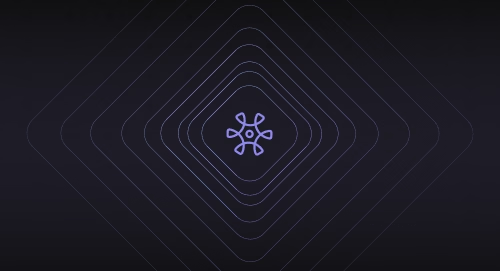How to Align SDG Goals, Targets & Indicators
Aligning SDG goals, targets, and indicators is the connective tissue that turns global ambition into actionable measurement. When done well, this alignment anchors your SDG reporting in credibility, clarity, and impact.
What Are Goals, Targets & Indicators?
Broad, aspirational directions (the 17 SDGs) — e.g., "Ensure healthy lives and promote well-being for all," "Climate Action."
Specific objectives under each goal (169 globally) that define what must change — e.g., "By 2030, reduce the global maternal mortality ratio to less than 70 per 100,000 live births."
Measurable data points used to monitor progress toward targets — e.g., "Maternal mortality ratio," "Proportion of births attended by skilled health personnel."
The United Nations' global indicator framework sets a standardized list of indicators to promote consistency across countries and reporting systems. But for organizational or project-level work, you'll need to adapt that to your context, linking your internal logic to the global structure.
Why Alignment Matters in SDG Reporting
Four Critical Reasons Alignment Drives Impact
- Credibility & Comparability: When your indicators map to global SDG indicators, your sustainable development report speaks the same language as global reporting frameworks
- Integrity of Impact: Clear alignment ensures outputs, activities, and outcomes stay tethered to real change rather than vanity metrics
- Strategic Coherence: Helps you see which SDGs your work truly contributes to and avoids overstretch or misalignment
- Investor & Stakeholder Confidence: Reporting that follows consistent goal → target → indicator alignment is more persuasive and trustworthy
The Alignment Process: Six Essential Steps
- Materiality & Goal Selection Conduct a materiality assessment with stakeholders to surface which SDGs your organization is best positioned to influence. Choose 3-5 SDGs (or fewer) rather than all 17 to ensure focus and depth. Document the rationale for your choice based on value chain influence and stakeholder priorities.
- Map Your Theory of Change to Targets For each selected SDG, review all its targets and select those most relevant to your mission and operations. Build a mapping that connects your organization's outputs to how they're intended to influence specific targets. Some targets are "means of implementation" rather than outcome targets—evaluate whether they fit your role.
- Develop or Adapt Indicators Review the official global indicators tied to your chosen targets. Decide whether those global indicators are appropriate, or whether you need adapted proxy indicators in your context. Use a three-pronged approach: leading indicators (early signals), lagging indicators (final outcomes), and qualitative indicators (stakeholder feedback, case stories).
- Validate, Pilot & Refine Run a pilot for one program or cohort using the proposed goal → target → indicator mapping. Assess whether the indicator moves meaningfully, is sensitive enough, and correlates with other measures. Validate alignment by confirming the indicator plausibly measures the target and stakeholders understand it.
- Build Data Systems & Governance Assign unique identifiers to participants so you can track them across outputs, surveys, and outcomes. Integrate data sources (CRM, surveys, operations) to reduce silos. Automate data cleaning, validation, and dashboard refreshes. Set up governance for who owns which indicators and how updates are handled.
- Reporting & Publication In your sustainable development report, include a clear mapping table showing your custom indicator → SDG target → global indicator. Narrate assumptions, limitations, and methodological notes. Use visual tools so readers can trace from goal → target → indicator → results. Periodically update indicators based on learning and stakeholder feedback.
Example: SDG Indicator Mapping Table
| Goal / Target | Indicator (Custom) | Mapped SDG Indicator |
|---|---|---|
| SDG 4 – Quality Education / Target 4.1 | % of students scoring above threshold on internal test | Indicator 4.1.1 – Proportion of children achieving minimum proficiency |
| SDG 13 – Climate Action / Target 13.2 | CO₂ emission per product unit (kg) | Indicator 13.2.2 – Total greenhouse gas emissions per capita |
Real-World Example: Education Program Alignment
You map your Indicator A & B to the global indicator, document caveats (e.g., sample is smaller, not national), and use Indicator C to explain shifts, bottlenecks, and context. Over time, your SDG impact data becomes richer and more defensible.
Watch: SDG Alignment in Practice
Key Takeaways
- Start with materiality — focus on 3-5 SDGs where you have genuine influence
- Map your theory of change to specific targets before selecting indicators
- Use triangulation: combine quantitative, qualitative, and validation data
- Pilot your indicator framework before scaling across programs
- Build clean data infrastructure with unique IDs and integrated systems
- Document your mapping transparently in reports with clear methodology notes






